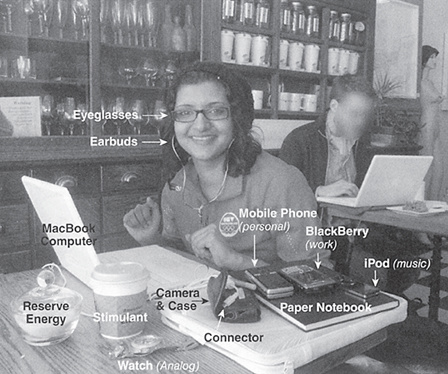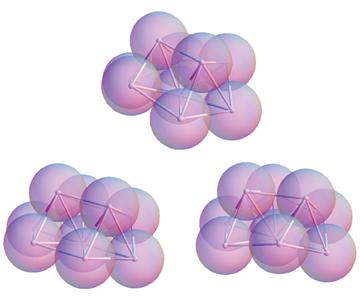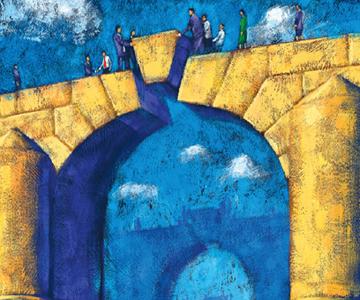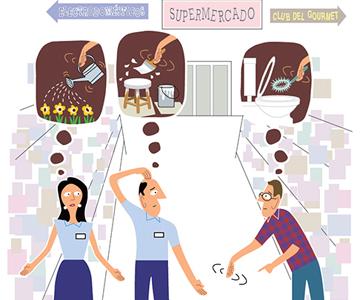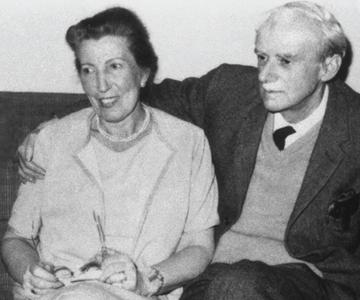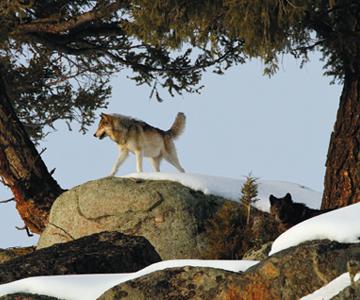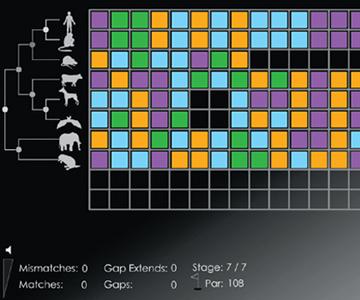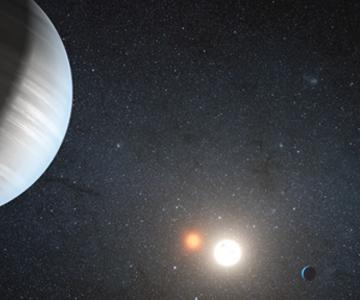Magazine
November-December 2012
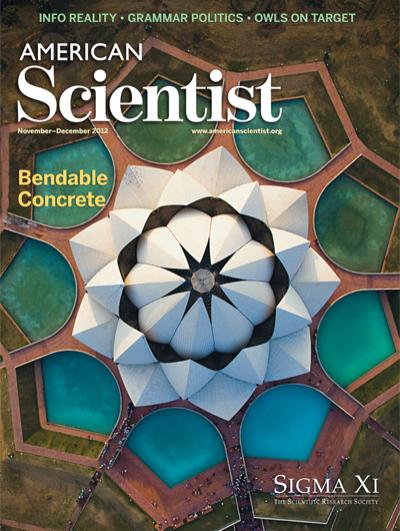
November-December 2012
Volume: 100 Number: 6
An aerial top view of the Bahá’í House of Worship in New Delhi shows why the building is nicknamed the Lotus Temple. Each of the petals making up the walls of the structure are made from concrete cast in place over steel forms (the outer walls were then clad in marble). Such grand structures showcase the versatility and ubiquity of concrete as a building material. But concrete’s uses remain limited by its brittleness. As Victor C. Li describes in “Can Concrete Be Bendable?”, new formulations of concrete have the ability to redistribute stresses instead of fracturing, allowing them some give. (Cover photograph by Nicolas Chorier.)
In This Issue
- Agriculture
- Art
- Astronomy
- Biology
- Chemistry
- Communications
- Computer
- Engineering
- Environment
- Ethics
- Evolution
- Mathematics
- Medicine
- Physics
- Policy
- Psychology
- Sociology
- Technology
Framing Political Messages with Grammar and Metaphor
Teenie Matlock
Communications Sociology
How something is said may be as important as what is said.
Can Concrete Be Bendable?
Victor C. Li
Chemistry Physics Technology
The brittle building material may yet stretch instead of breaking
How the Owl Tracks Its Prey
Masakazu Konishi
Biology Evolution
Experiments with trained barn owls reveal how their acute sense of hearing enables them to catch prey in the dark.
Scientists' Nightstand
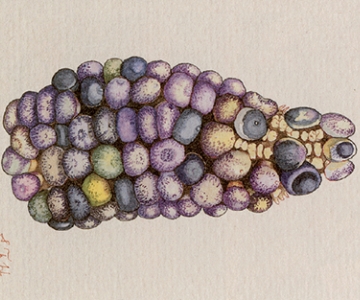
Beautiful Corn
Anna Lena Phillips
Agriculture Evolution Review Scientists Nightstand
A brief review of Beautiful Corn: America’s Original Grain from Seed to Plate, by Anthony Boutard
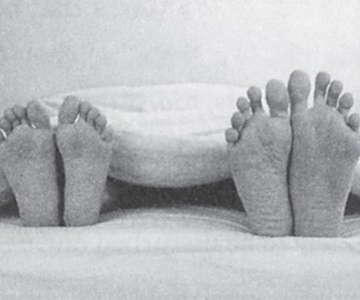
Dreamland
Katie L. Burke
Psychology Review Scientists Nightstand
A brief review of Dreamland: Adventures in the Strange Science of Sleep, by David K. Randall

